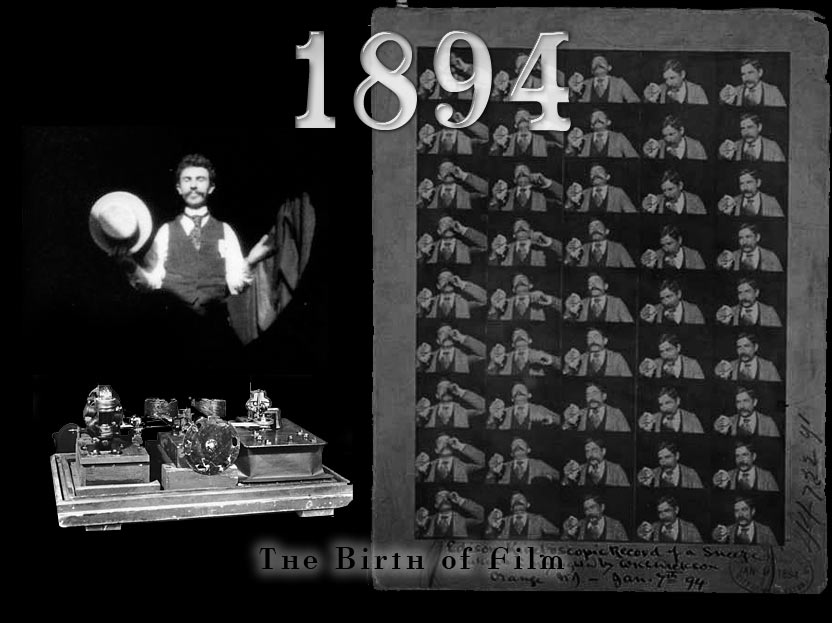1894 Series


ABOUT THIS SERIES
This series was never expected to be printed. The Treasury had issued a contract for more of the 1890 series, now that the stocks of the Columbians were beginning to run low. The competition for the bid was between the American Bank Note Company, the Hamilton Bank Note Company and Mr Charles Steel of Philadelphia. The contract had been with the American Bank Note Company and they were fierce with their intention to retain it. At the last moment a surprise bidder entered the ring, the Bureau of Engraving and Printing (BEP)...
The Bureau had not printed stamps before, only currency, nevertheless it felt confident in submitting the lowest bid. It won the contract but not because of the amount of their bid, but because it meant that the Treasury Department could now have their stamps printed on their doorstep in DC, and not have to have them transported from New York where the American Bank Note Company (ABC) had been printing them. This in itself presented a not insignificant saving.
Being the Bureaus first printing of stamps, it was not easy for them, all the machinery had to be moved from New York to DC and the stamps printed almost immediately. Because of the long distance relocation they were not able to bring down all the printers from the ABC premises and new staff were hired. Despite the fact that they were using the same plates as the 1890 series (except for a re-engraved triangle to discern the BEP printing from the ABC printing) it was an impossible job achieved.
Several obstacles were in the new printers way, first is that the machines, when put together did not align, a machine settles into place. This meant that the plates did not fit perfectly on the sheets and this led to problems when it came to the perforating machine. A more serious problem is that the ink used in New York did not like the humidity in DC (I used to live in Cleveland Park in DC so can testify to it' brutal summer days). This was not discovered until the summer and the blue of the 1c and the pink of the 2c would not take, resulting in faded stamps and huge color variations. Eventually the ink color was changed and the problem solved. By 1895 most of the problems had been ironed out and the rest is history.
Because the BEP won the contract, and not ABC, a triangle engraved in the top right hand corner a new series was born, the 1894 series. If there had been no triangle. We should be thankful that the triangle was put there to discern the BEP printing. British collectors had no such luck with thier stamps of 1900-1918, they have only small clues to discern which of the three printers were responsible for the stamp, with huge price variations between each printer.
The 1894 series only lasted a year. In 1895 a watermark was added to the paper and stocks of the 1894 used up.